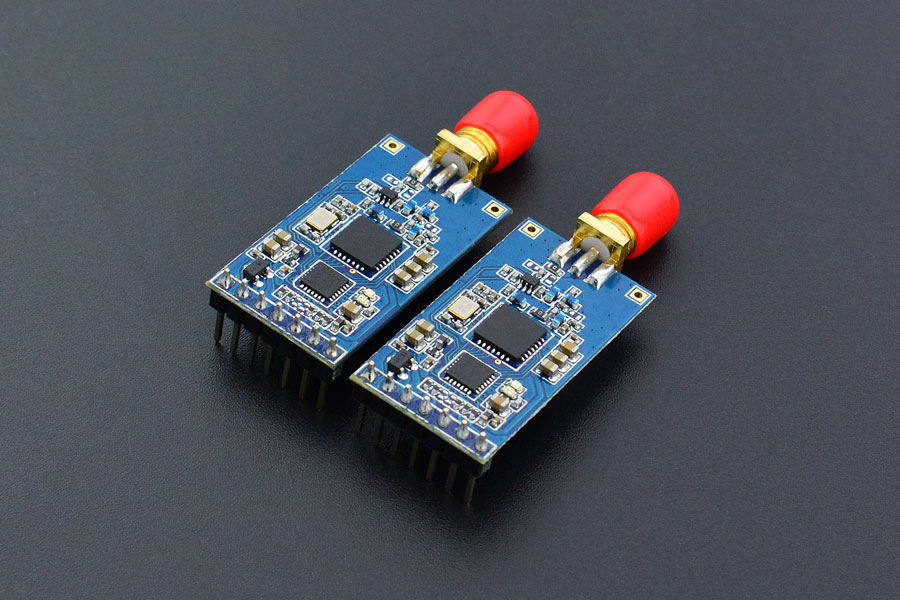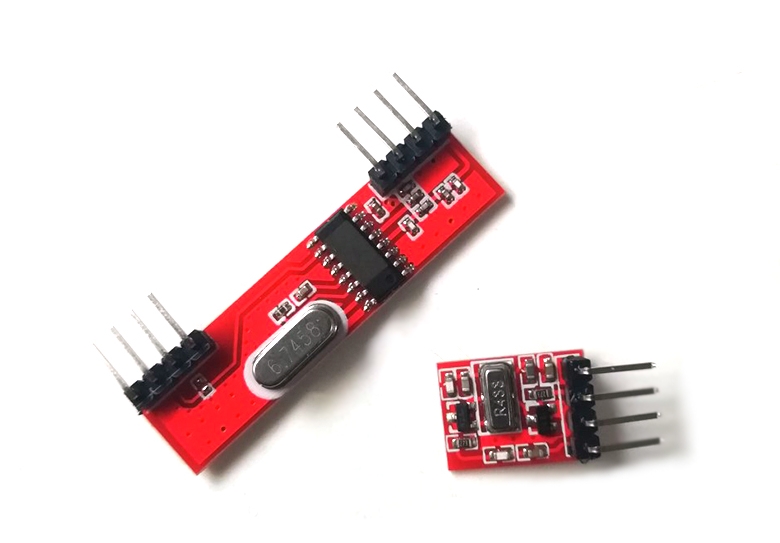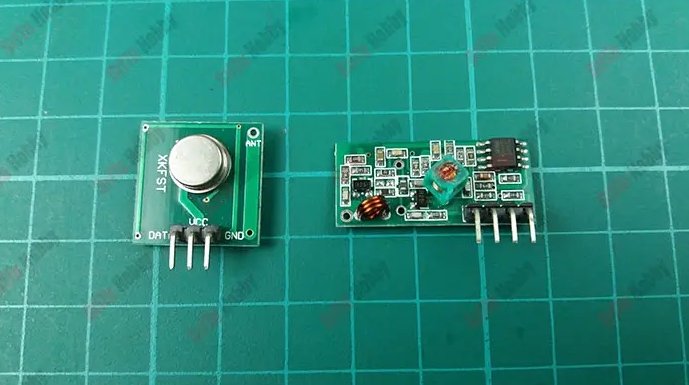The Role of 433MHz Module in Industrial Wireless Sensor Networks?
The 433MHz Module plays a pivotal role in industrial wireless sensor networks today. Its reliable frequency band supports long-range communication and low power consumption effectively. In harsh industrial environments, these modules ensure stable and uninterrupted data transmission, which is critical for real-time monitoring and precise control. Many industries increasingly depend on 433MHz Module technology to provide seamless wireless sensor connectivity across complex and expansive systems.
Enhancing Signal Range and Reliability with 433MHz Module
One key advantage of the 433MHz Module lies in its superior signal range and penetration capabilities. This frequency band penetrates obstacles more effectively than higher-frequency alternatives, such as the commonly used 2.4 GHz bands. It allows sensor networks to cover more expansive industrial spaces without needing excessive repeaters or additional hardware installations.
Additionally, 433MHz Modules operate with low power requirements, extending battery life significantly in wireless sensors. This energy efficiency supports long-term deployments with minimal maintenance, substantially reducing operational downtime. Consequently, industrial systems achieve reliable, continuous data collection even in highly challenging and obstructed environments. 
Low Power Consumption and Energy Efficiency Benefits
Energy efficiency remains essential for large-scale industrial wireless sensor networks. The 433MHz Modules excel in minimizing power consumption, enabling sensors and devices to function longer on limited energy resources. Its optimized hardware design ensures efficient energy usage without sacrificing communication performance.
Moreover, this energy-saving feature significantly reduces operational costs over time. Extended battery life means fewer replacements, decreased labor costs, and less system downtime. These benefits make the 433MHz Module an ideal solution for large-scale industrial deployments, particularly in environments where sensor accessibility and maintenance are challenging or costly.
Compatibility with Diverse Industrial Sensors and Devices
The 433MHz Module offers broad compatibility with numerous sensor types and communication protocols. From temperature and humidity sensors to pressure, motion, and proximity sensors, it integrates smoothly into various industrial monitoring systems and IoT frameworks.
Furthermore, this versatility enables industries to tailor wireless sensor networks to meet specific operational and environmental requirements precisely. Such customization enhances data accuracy, system responsiveness, and overall reliability. By supporting multiple sensor protocols and data formats, the 433MHz Module enables the effective development of scalable and adaptable industrial IoT solutions.
Robustness in Harsh Industrial Environments
Industrial settings often expose wireless modules to harsh and demanding conditions. The 433MHz Module demonstrates excellent durability against electromagnetic interference, extreme temperature fluctuations, physical obstacles, and moisture ingress. Its rugged design ensures long-lasting operation even in challenging environments.
Additionally, its stable communication ensures data integrity, even in the face of environmental challenges and signal disruptions. This robustness minimizes network failures, reduces maintenance efforts, and increases overall system uptime. Hence, the 433MHz Module supports consistent sensor network performance in demanding and critical industrial applications.
Simplified Network Deployment and Scalability
Deploying wireless sensor networks can be complex and resource-intensive without proper components. The 433MHz Module simplifies this process through straightforward integration, user-friendly configuration, and compatibility with standard industrial protocols. Its standardized interfaces significantly reduce setup time and technical barriers.
Moreover, the Module supports scalable network architectures, allowing businesses to add or reposition sensors quickly and easily. This flexibility enables dynamic industrial environments to adapt rapidly to changing operational needs and growth. As a result, businesses benefit from flexible, future-proof wireless sensor networks that can scale seamlessly with minimal disruption.
Meeting Industry Standards and Regulatory Compliance
Adherence to strict industry standards is crucial for all wireless communication devices used in industrial applications. The 433MHz Module complies with global regulations, including FCC, CE, and other regional certifications. This compliance ensures safe operation, interference avoidance, and interoperability across devices.
Manufacturers also follow rigorous quality controls during production to meet these certifications. Consequently, 433MHz RF Modules deliver consistent performance, high reliability, and operational safety. For industries operating across borders, this standardization simplifies deployment, regulatory approval, and certification processes, minimizing legal risks.
The Essential Role of 433MHz Module in Industrial Wireless Sensor Networks
433MHz modules are the cornerstone technology of today’s industrial wireless sensor networks. Their long-range communication, low power consumption, and robust performance enable them to efficiently and reliably address key industrial challenges. These features make them an indispensable part of modern industrial IoT systems. By integrating 433MHz module solutions, industries can enhance monitoring accuracy, reduce costly maintenance expenses, improve operational efficiency, and ensure system scalability.







